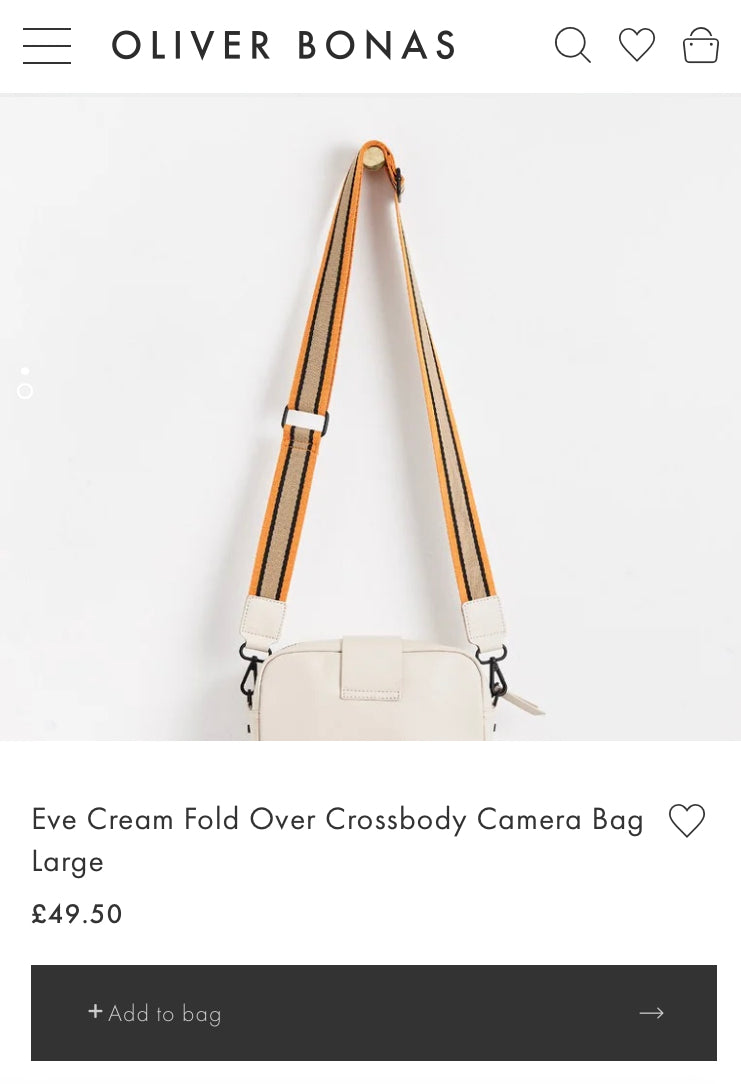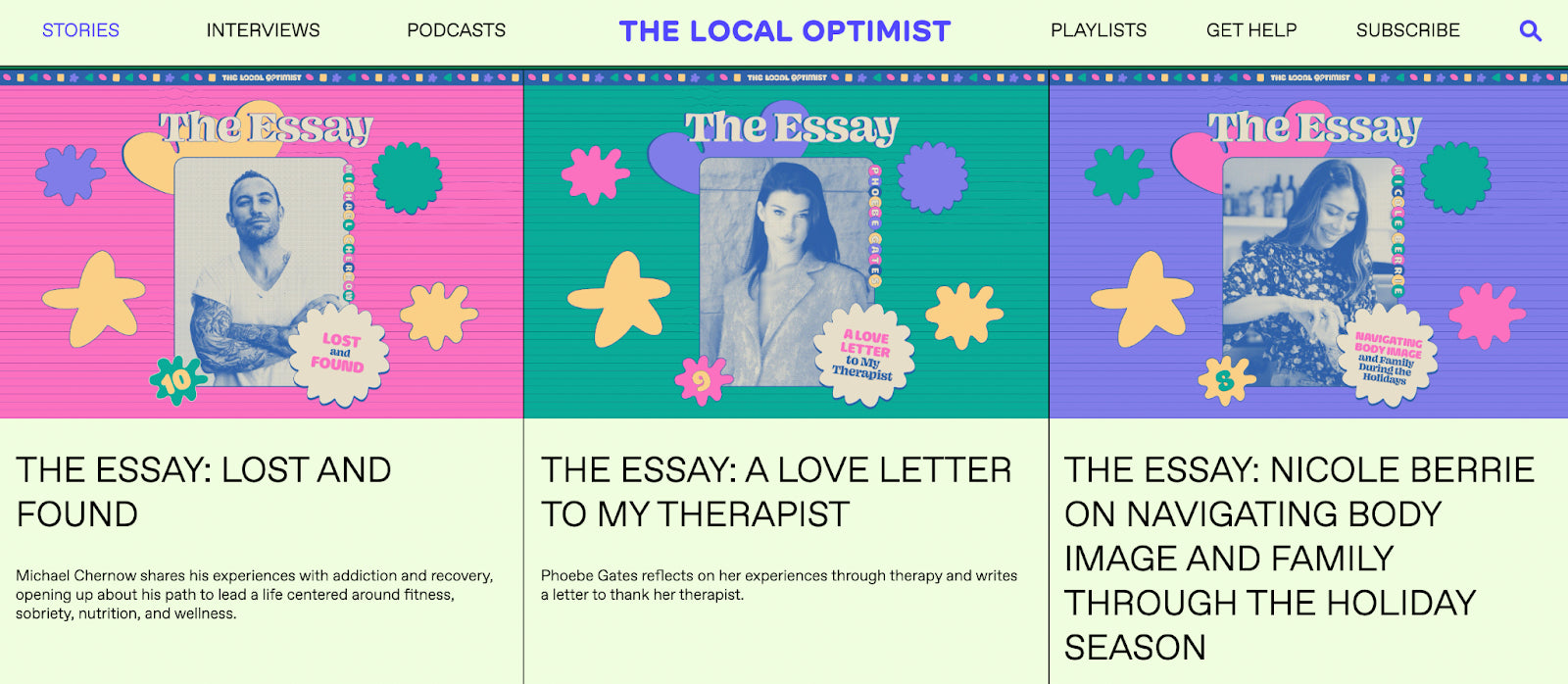There is always something new going on in the world of marketing: an update to Google’s ranking algorithm, a game-changing feature that makes a familiar social media platform feel fresh again, or a new way to connect with customers. It can be hard for you to keep up in the fast-moving world of marketing.
That’s why it’s important to keep a keen eye on emerging marketing trends. Experimenting with the latest marketing tactics and implementing different types of campaigns can give you an edge over competitors.
What matters for your business in 2023? Here are some of the biggest marketing trends you should be paying attention to.
What are marketing trends?
Marketing trends are activities or strategies that brands put into practice to stay relevant in their industry. Trends are usually inspired by the latest technology or the changing needs of consumers, and they help brands stay up to date while trying new things.
Why are marketing trends important?
Marketing trends tend to align closely with consumer wants and needs, and so they ensure brands are playing to their strengths and staying relevant to their target audience. Paying attention to digital marketing trends in 2023 will help brands build credibility and solidify their expertise, as it shows they know what the future of their industry looks like.
Experimenting with new marketing strategies will also help brands learn different techniques, discover tools, and ultimately find new ways to reach shoppers.
10 marketing trends for 2023
Marketing is constantly evolving, and it can be difficult to keep up with the latest trends. To help you out, this list complies 10 trends that are currently shaping the marketing world. From the rise of short video content and micro-influencer marketing, to push notifications and social commerce, these trends will help you build modern and relevant marketing strategies.
1. Videos will be kept short
Short, snappy content will win in 2023. The prevalence of TikTok, Instagram Reels, and YouTube Shorts shows consumers want fast-paced, easy-to-digest content from their favorite brands.
Micro-stories will give brands the chance to connect with their customers where they’re already spending time and increase reach through punchy content. To reap the biggest rewards (and tap into increasingly shorter consumer attention spans), brands will need to hook viewers inside the first three seconds of the video.
Gymshark’s TikTok page is a healthy mix of entertaining gym content, workout tips, and user-generated video all packaged into short, sweet clips.
2. Brands will tap into micro-influencers
Influencer marketing has been the talk of the town for years.
With the tools to build an owned audience, creators—YouTubers, bloggers, Instagrammers—have amassed large followings and attained a status equal to celebrities from more traditional mediums like television and film.
Micro-influencers (with around 100,000 followers or less) are now being taken seriously by brands. Where big-name influencers charge upward of $10,000 per post, micro-influencers generally cost much less: a few hundred dollars to nothing more than a freebie of your product.
Micro-influencers also tend to have more engaged audiences than bigger influencers relative to their total following—sometimes doubling the average engagement rate of 5% for mega-influencers.
In 2023, brands will be forging long-term connections with relevant micro-influencers as part of their influencer marketing to build bigger communities and increase customer trust and loyalty.
Use Shopify Collabs to connect with creators and influencers. The in-app marketplace makes it easy to match with relevant influencers and manage your campaigns, send gifts, or provide discount codes.

Clothing brand Sperry works with micro-influencers like Aaricha Nichole, who has 37,000 followers on Instagram.
3. Mobile optimization will become indispensable
Consumers are glued to their phones more than ever—and an increasing number are not just spending more time on their devices, they’re spending more money via them too. Research shows that more than half of annual online website traffic comes from mobile devices. Brands that invest energy into optimizing their mobile sites will win out in 2023.
This is also a huge must-do for brands that want to target millennial and Gen Z audiences. As their buying power grows, these audiences will demand slick mobile experiences that allow them to make quick purchases on the go.

Oliver Bonas’s mobile site is easy to navigate and uses floating Add to Bag buttons so that shoppers don’t have to keep scrolling.
4. Blogging will be here to stay
Blogging isn’t going anywhere anytime soon. Not only does content marketing help increase brand credibility and drive conversions, but it’s one of the most common ways for consumers to discover new brands.
Seventy-seven percent of people read blogs on a regular basis and 56% have purchased something from a brand after reading one or more blog posts.
On top of this, brands own their blogs, so they aren’t at the mercy of changing algorithms or social media trends. They provide a consistent hub of educational, entertaining, and engaging content that keeps consumers on-site and loyal.
Clothing brand Madhappy has created an entire blogging microsite dubbed The Local Optimist as part of its content marketing strategy. Readers can browse essays, tips, and podcast episodes as part of the shopping experience.

The blog aims “to provide digestible, actionable tools for readers to apply to their own lives” and hopes “to build an accessible resource for people who are looking to explore and learn more about their own mental health.”
5. Direct messaging will grow as a customer service tool
Consumers are spending an increasing amount of time on messaging apps. As a result, these apps have evolved to allow more than just an ongoing back-and-forth between friends or a way to make impromptu dinner plans.
Facebook Messenger, in particular, is now a viable customer service channel at the forefront of conversational marketing. It offers a more authentic line of communication than email and is often faster than picking up the phone.
While chatbots enable automation and the ability to create tools and games within the context of a conversation, it’s the one-to-one human interactions where conversational commerce shines.
If you enable the Messenger Channel in your Shopify store, you can automatically notify customers who opt in about the status of their order and field any questions they may have.
Direct messaging on Instagram also lets you send links, which means sales and customer service on Instagram just got a whole lot easier.

Sephora makes it easy for shoppers to access customer service and support through Facebook Messenger.
6. Storytelling will become more visual
Consumers prefer visual content to plain text, plus it is more memorable. The success of visual platforms like Instagram and TikTok proves this, with 62% of millennials saying they are more interested in visual search than any other type of new technology. This trend is being reflected on search engines, with Google serving more and more images and videos in its results.
In 2023, brands will create rich visual experiences on their sites by adding product videos, infographics, user-generated content, and interactive images.

Drunk Elephant’s product pages are packed full of visuals, including product videos, interactive ingredient lists, and recipes.
7. Push notifications will allow brands to reach out to customers
If a customer can’t get the information they want, when they want it, there’s a good chance they’ll go elsewhere.
Automation has made it possible for brands to answer customer questions in real time, whether it’s a query about an existing order or a request for additional product information.
Giving customers instant answers to their purchasing questions removes any friction from the buying journey and provides them with personal touchpoints that gently push them through the sales cycle.
In 2023, on-demand conversations will become even more proactive, with brands using push notifications to connect with shoppers. Distracted shoppers will be reengaged with a push notification that directs them to relevant content, serves personalized product suggestions, or offers an incentive to return to the app or store.

H&M uses mobile push notifications to create personalized experiences for each shopper. It shares relevant product suggestions and blog content to keep customers engaged.
8. Featured snippets will become more important
The recent announcement of Google’s continuous scrolling on desktop means there’s no first page, second page, or 10th page anymore. As a result, everyone is clamoring to be positioned as high as possible in search results.
Traditional search results, however, are no longer shown above the fold. Instead, they’re tucked away beneath the featured snippet and the People Also Asked section. This will force brands to ensure their content ranks in these highly visible sections so they can stand out and capture the attention of consumers.
9. Social commerce will be a game-changer
Social commerce isn’t a new concept, but it’s becoming a mainstream way for consumers to shop. Features like Instagram Checkout and Tik Tok Shopping allow shoppers to buy directly through their favorite social media platforms while also allowing brands to create a consistent and cohesive shopping experience.
In 2023, more brands will connect their social media channels with their ecommerce sites and sell their products directly through these platforms. Shopify has a host of social integrations you can tap into to connect your store with your favorite social channels. Start selling straight away on social with Shopify’s Starter plan.

As part of its social media marketing strategy, Milk Bar links to products shown in its popular Instagram Reels.
10. Email marketing will not die
Contrary to popular belief, email marketing isn’t on the decline.
It’s one of the only digital marketing strategies brands are totally in control of—unlike social media channels that can change on the whims of the platform providers, brands have complete ownership over their subscriber lists.
The growing need for personalization, however, means brands will have to enhance their email marketing strategy to create powerfully unique experiences. This will be done through automated and triggered sequences, like abandoned cart emails and personalized product recommendation emails.

Graze sends customers a replenishment email when they might be running out of their favorite snacks.
How do the trends of a particular time period affect marketing?
While you shouldn’t keep changing your marketing strategy with every new emerging trend, experimenting with different tactics at different times can show you what works best for your customers.
The trends of a particular time are often closely aligned with consumer needs, and trying them can keep you relevant with your audience. Remember to keep track of what works and what doesn’t so you can continue to hone your marketing strategy in a way that suits your business and customers.
How to keep up with digital marketing trends
The rapid development of technology and ever-changing consumer behavior makes jumping on trends difficult.
Here’s how you can keep up with marketing trends.
- Track trends on social media: Schedule time to check what’s trending on social media and notice if there are any patterns in the type of content that seems to be most popular.
- Engage with your customers: Ask your audience what they want to see from you and what expectations they have from their favorite brands.
- Connect with industry experts: Follow credible marketing blogs and read industry magazines to learn about trends as soon as they emerge.
- Check what your competition is doing: Keep a close eye on the marketing strategies of your competitors.
Additional research by Braveen Kumar.
by Lizzie Davey
https://www.shopify.com/uk/blog/marketing-trends













